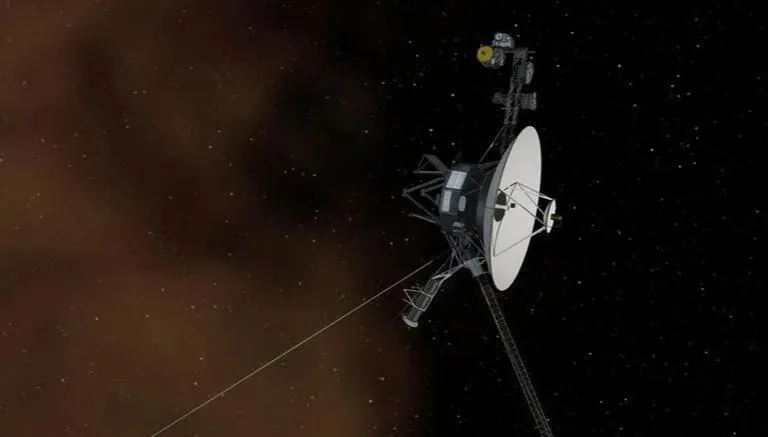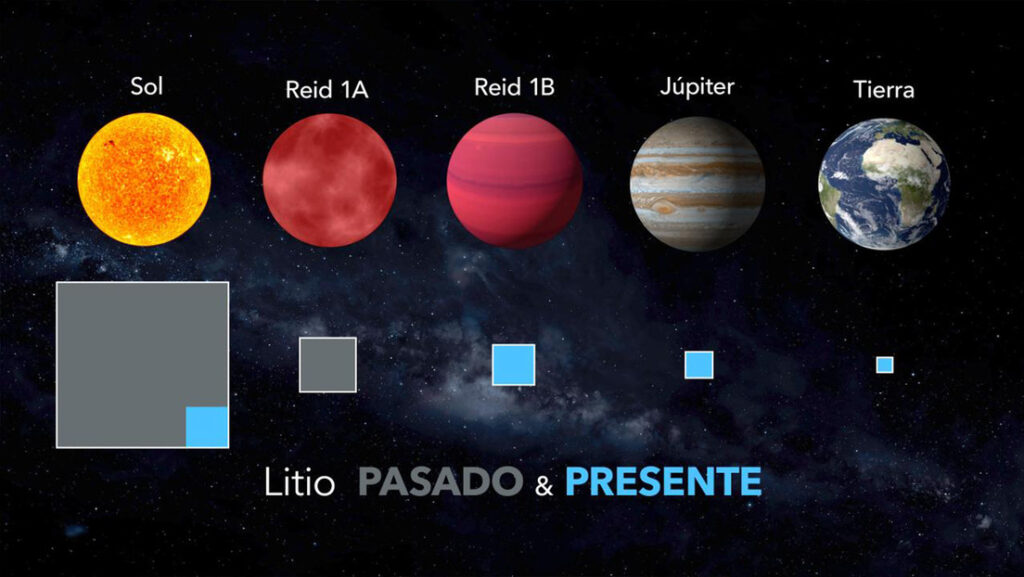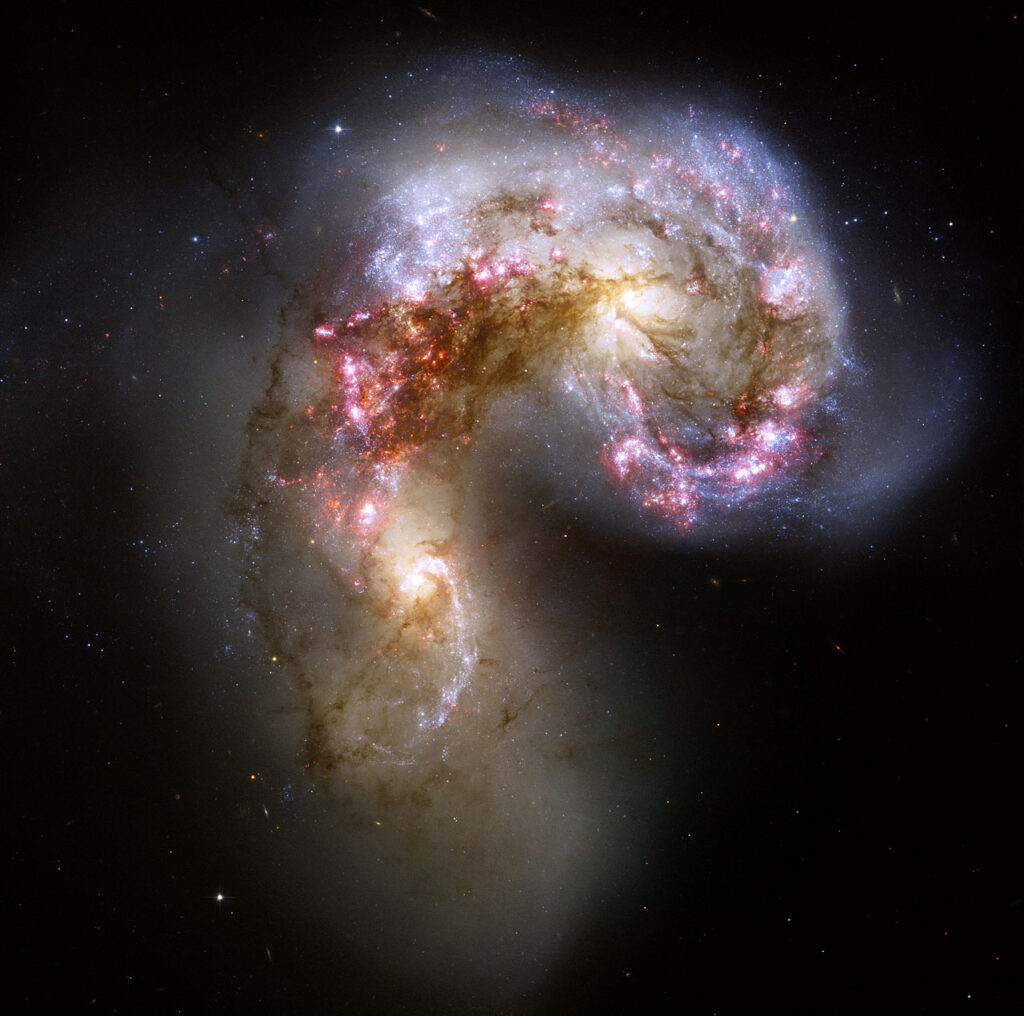NASA’s Voyager 2 and Voyager 1 were launched a few weeks apart in 1977 and have spent nearly five decades in outer space. Read more.

After Voyager 2’s recent accomplishment of spending 45 years in outer space, its twin, Voyager 1, also paralleled the milestone on September 5. Completed in 1977, the probe was launched in the same year from the Cape Canaveral Space Force Station in Florida on a Titan IIIE-Centaur rocket. In its almost five decades of exploration, Voyager 1 has had multiple accomplishments which include beaming loads of new data about the outer solar system planets.
Launch of Voyager 1
The spacecraft was launched during a rare planetary alignment of outer solar system planets (Jupiter, Saturn, Uranus and Neptune) which occurred only every 175 years. Notably, Voyager 2 was launched before its twin (on August 20, 1977), however, Voyager 1 took over owing to a unique trajectory. Fast forward 45 years, Voyager 1 is 23.3 billion kilometres from Earth whereas Voyager 2 is around 19.5 billion kilometres away.
Both the probes weigh around 800 kg and consist of 11 instruments which were used to photograph and analyse the gas and icy giants. Originally named Mariner Jupiter and Marine Saturn, they are scaled-down versions of NASA’s ‘Grand Tour’ programme which got cancelled in 1971 due to rising costs.
Accomplishments of Voyager 1
On August 1, 2012, Voyager 1 became the first man-made object to exit the heliosphere (the area sun’s influence reaches) and enter interstellar space. Moreover, it discovered a thin ring around Jupiter and found two of its new Jovian Moons– Thebe and Metis– and five new Moon around Saturn. Voyager 1’s atmospheric data of Saturn’s Moon Titan also presented the first evidence that liquid might exist on a world other than Earth and the presence of nitrogen, methane, and more complex hydrocarbons indicated the possibility of prebiotic chemical reactions.
NASA says that the spacecraft is expected to cross the Oort cloud (a cloud of icy objects surrounding the sun beyond the heliosphere) in the next few hundred years. Currently, just four instruments aboard Voyager 1 are still functional, but the mission team at NASA’s Jet Propulsion Laboratory (JPL) are planning to shut down a few more to conserve energy.
Both the Voyager probes are powered by radioisotope thermoelectric generators (RTGs), which generate electricity using the heat produced by the natural decay of plutonium. Scientists expect that the plutonium will last for a few more years before the probes will be completely shut down and left to drift further into space.
Recent Posts
- Astronomers detect first direct image of black hole expelling a powerful jet
- WhatsApp rolling out ‘reply with message’ feature within call notifications
- Multi-Device Pairing May Be Arriving for Apple Watch this Year
- Artificial Intelligence Discovers Hidden Giant, a Planet 5 Times Larger Than Jupiter
- Google CEO Sundar Pichai Talks Bard & The Future Of Search
Recent Comments

Astronomers detect first direct image of black hole expelling a powerful jet

Artificial Intelligence Discovers Hidden Giant, a Planet 5 Times Larger Than Jupiter

Scientists explain melting of Antarctic ice sheet dating back 9,000 years

An Unexpected Discovery: Hubble, ESA's Gaia Spot Double Quasar That Existed Over 10 Billion Years Ago

Astronomers detect first direct image of black hole expelling a powerful jet

WhatsApp rolling out ‘reply with message’ feature within call notifications

Multi-Device Pairing May Be Arriving for Apple Watch this Year


